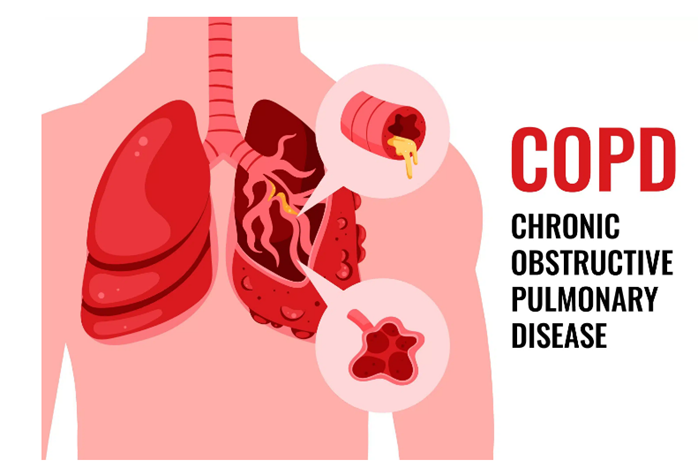An adolescent from a poor neighborhood who has a history of severe chronic obstructive pulmonary disease (COPD. and peripheral vascular disease (PVD. is being discharged from a funded nursing facility. Which action is most important for the nurse to implement?
Reinforce need for adequate hydration.
Provide typed instructions for healthy diet selection.
Schedule follow-up appointments with specialists.
Demonstrate specific breathing and walking exercises.
The Correct Answer is C
Choice A: Reinforcing need for adequate hydration is not the most important action for the nurse to implement, as this is a general recommendation for all clients and does not address the specific needs of this client. This is a distractor choice.
Choice B: Providing typed instructions for healthy diet selection is not the most important action for the nurse to implement, as this may not be feasible or accessible for this client who lives in a poor neighborhood and may have limited resources and literacy. This is another distractor choice.
Choice C: Scheduling follow-up appointments with specialists is the most important action for the nurse to implement, as this can ensure that this client receives continuous and comprehensive care for their complex and chronic conditions, which can improve their outcomes and quality of life. Therefore, this is the correct choice.
Choice D: Demonstrating specific breathing and walking exercises is not the most important action for the nurse to implement, as this can be done by other health care professionals or at home by the client. This is another distractor choice.

Nursing Test Bank
Naxlex Comprehensive Predictor Exams
Related Questions
Correct Answer is ["4"]
Explanation
Step 1 is to convert the child’s weight from pounds to kilograms.
44 pounds ÷ 2.2 = 20 kilograms.
Result at each step = 20 kilograms.
Step 2 is to calculate the total dosage of furosemide in milligrams.
2 mg × 20 kg = 40 mg.
Result at each step = 40 mg.
Step 3 is to determine the volume of medication to administer in milliliters.
40 mg ÷ 10 mg/mL = 4 mL.
Result at each step = 4 mL.
The nurse should administer 4 mL.
Correct Answer is C
Explanation
Choice A reason: Notifying the healthcare provider is an important action, but not the first one. The nurse should prioritize interventions that address the client's immediate needs, such as oxygenation and circulation.
Choice B reason: Preparing a continuous heparin infusion per protocol is an appropriate action for preventing further clot formation and reducing the risk of recurrent pulmonary embolism, but it is not the first action. The nurse should first stabilize the client's condition before administering anticoagulant therapy.
Choice D reason: Bringing the emergency crash cart to the bedside is a prudent action, but not the first one. The nurse should prepare for possible cardiopulmonary resuscitation (CPR) in case of cardiac arrest, but should first attempt to prevent it by providing oxygen and other supportive measures.
Whether you are a student looking to ace your exams or a practicing nurse seeking to enhance your expertise , our nursing education contents will empower you with the confidence and competence to make a difference in the lives of patients and become a respected leader in the healthcare field.
Visit Naxlex, invest in your future and unlock endless possibilities with our unparalleled nursing education contents today
Report Wrong Answer on the Current Question
Do you disagree with the answer? If yes, what is your expected answer? Explain.
Kindly be descriptive with the issue you are facing.
